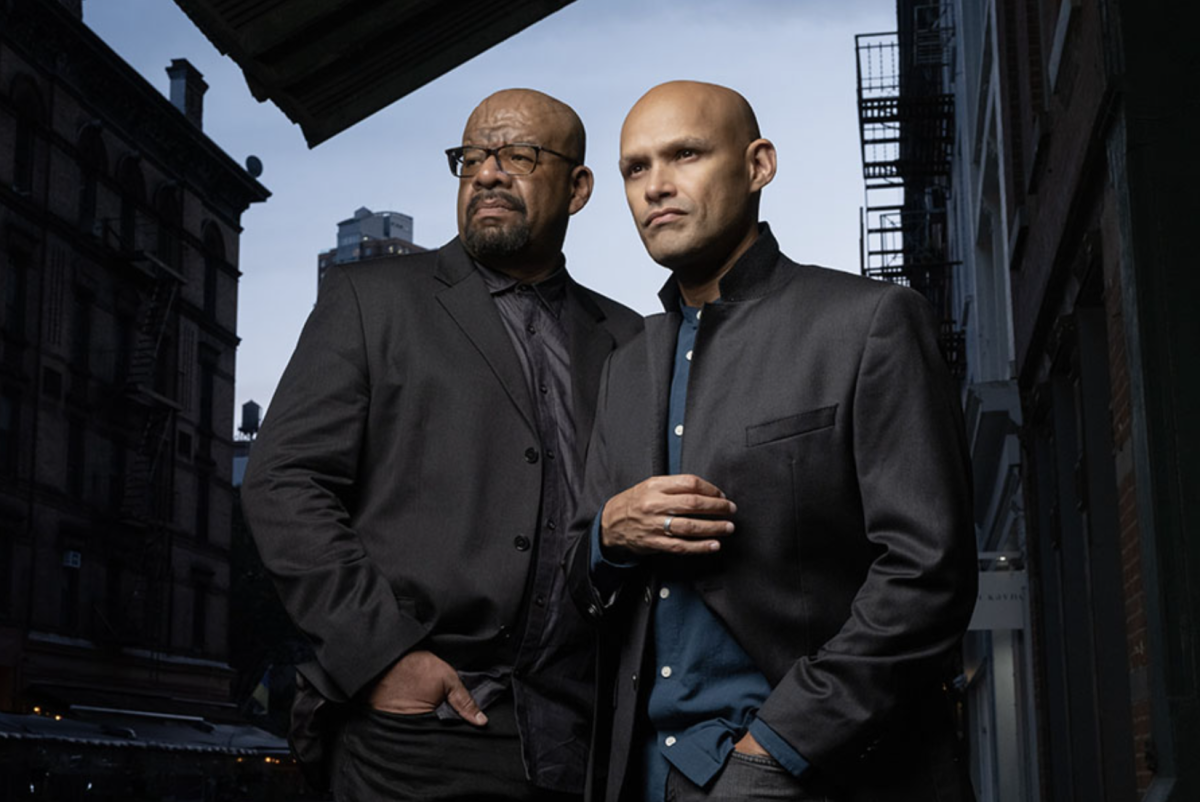With the recent release of Alita: Battle Angel and the subsequent frenzy regarding the titular character’s oversized eyes (designed in reference to the original manga character) the debate over the use of Computer-Generated Imagery (CGI) has taken a new turn. Over the past few decades, the use of CGI has become a staple in most mainstream film. In fact, good CGI in contemporary film is frequent and often goes unnoticed, enhancing cityscapes, digitally filling in computer and phone screens and enhancing explosions. Additionally, good CGI has been seamlessly mixed with practical effects in recent years as seen in 2015’s “Mad Max: Fury Road,” which featured a mix of enhanced Nubian landscapes and practical stunts.
Recent advancements in CGI technology has allowed for more impressive undertakings. One notable example in the past decade is James Cameron’s 2009 science-fiction film, “Avatar.” Audiences applauded the film for its stunning otherworldly setting and the use of CGI to create a realistic alien species known as the Na’vi. Additionally, films like 2018’s “Avengers: Infinity War” and the “Lord of the Rings” trilogy proved that realistic CGI could coexist with live action actors.
However, CGI has further evolved from enhancing scenery and creating original characters to digitally de-aging actors to play young versions of their characters. Many critics of this practice argue that, by using CGI, a production can avoid the cost of hiring two actors to play two different ages. Additionally, further debate has explored the repercussions of the use of digital means to alter a character’s look rather than using more traditional routes of hair, makeup and prosthetics enhancement. This has blurred the line between an actor and their character. In digitally de-aging characters, graphics teams are actually altering the look of the actors themselves, such as the case with the digital de-aging of Patrick Stewart and Ian McKellen in “X-Men: The Last Stand” (2006). “Ghost in the Shell,” released in 2017, also raised questions as to the extent of digitally altering an actor as there was speculation that the filmmakers were testing effects to make lead actress Scarlett Johansson look “more Asian.” This idea was eventually rejected by the producers of the film, but it nevertheless blurred the line between altering the look of a character and altering the look of an actor.
The extent to what CGI can do has gone even further in recent years with the development of digital photo-realistic human faces. Not only has the film industry been able to perfectly marry motion capture and CGI, as they did with Andy Serkis’ motion capture performance in the reboot of the “Planet of the Apes” series, but they have also been able to digitally reproduce actors and actresses who have passed away. This usually happens after significant amounts of the film have already been shot. Noteworthy examples in recent years include Paul Walker, Carrie Fisher and Peter Cushing, who have been “resurrected” for roles in their respective franchises. Walker’s role in the seventh installment of the “Fast and Furious” franchise was finished with digital replications of Walker’s face onto his brother’s body. In this case, the family consented to the role being finished without the presence of Walker as evidenced by the fact that his brother was instrumental in the completion of the project. Fisher’s role was also finished digitally after her passing, however, it did take some CGI magic to complete her final role.
Peter Cushing’s case, however, is different from the other two stars as his face, voice and likeness were used to create a completely original performance. Conversely, the other two actors’ roles were finished after they had already filmed a majority of their scenes. In Cushing’s case, an entirely new performance was created digitally with the use of a lookalike who studied Cushing’s movements. Facial movements of the lookalike were captured and later Cushing’s face was laid on top of those movements. Questions of morality arise when considering the difference between continuing an actor’s role in a franchise in order to finish a project that has already been started versus creating a completely new performance using CGI. CGI has crossed an ethical line in using the likeness of a deceased actor to continue their work on a franchise critics argue. It is commonplace that, should an actor pass away after production has wrapped, they would be recast. However, with advances in CGI, an actor can continue to “act” even after their passing.
Morality and the ethics of continuing an actor’s career, possibly damaging their memory and legacy, is in question. Although familial consent is often obtained in these cases, it is hard to understand how exactly that actor would have embodied the role. In this way, the face and name recognition of an actor that has passed away lives on without the actual substance of their performance and energy. Recent commercials featuring CGI reproductions of icons like Bruce Lee, Audrey Hepburn and Steve McQueen have pushed this issue even further into the public eye. Many argue that distorting the memory of these stars by associating them with material items is disrespectful to their work and life. As CGI continues to advance, will digitally created performances become indiscernible from actual actors? Or will the uncanny valley — human replications that elicit feelings of discomfort because they are not quite realistic enough — prevent photo-realistic reproductions of deceased actors from becoming the norm?



